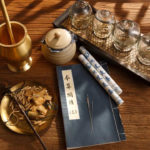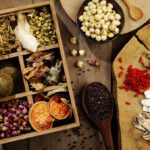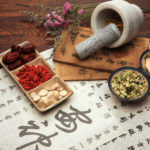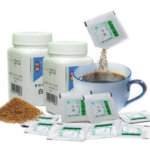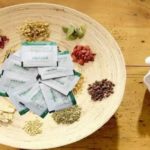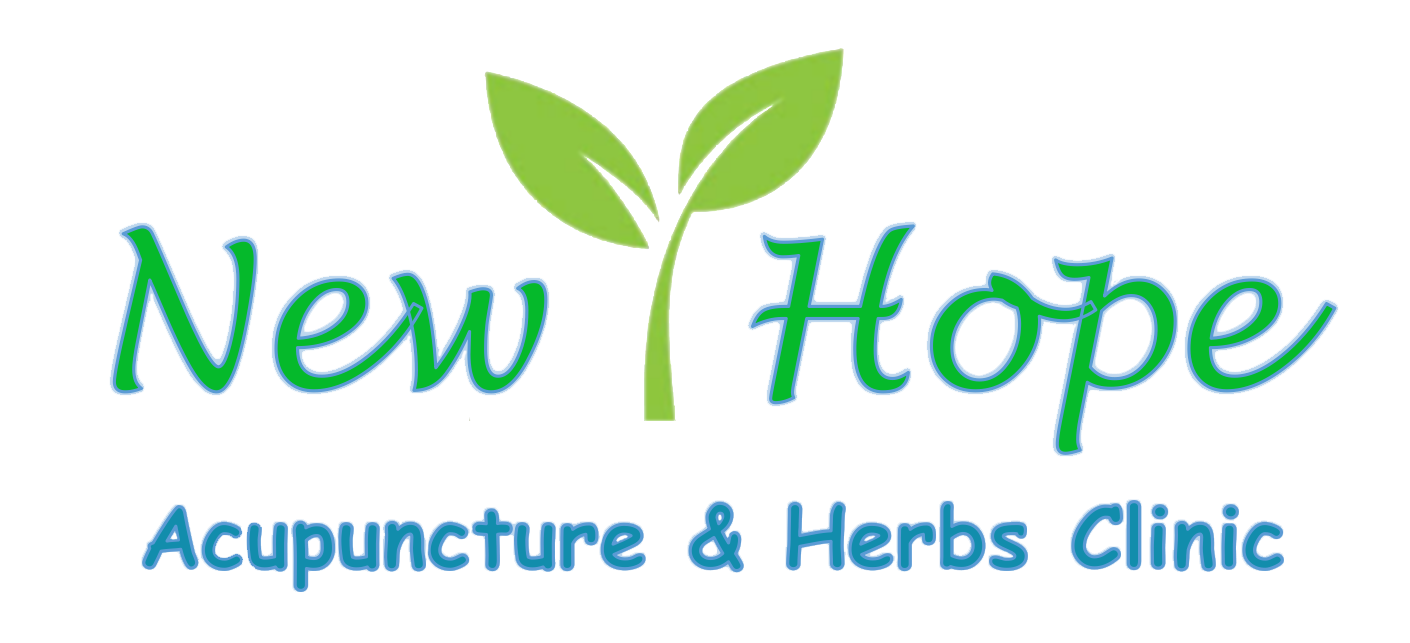TCM Diagnosis
Instead of CT, X-ray, blood tests, etc., TCM has its unique diagnosis system which consists of inspection, auscultation & olfaction, inquiry, palpation. In our clinic, we follow the traditions and combine some modern development to obtain a reliable TCM diagnosis and syndrome differentiation.
Pulse Diagnosis:
Pulse diagnosis is a unique diagnostic method that has been used for thousands of years in China. Chinese doctors found a correlation between the functioning of the body and the feel of the pulse on the wrist artery. The different ailments and disorders that a person was inflicted with would alter the flow of blood and the shape of the artery. The practitioner examines the pulse at six different locations of the radial artery for the rate, depth, strength, width, and quality of the pulse. While some very talented Chinese doctors can report the body illness as accurate as CT or X-ray results, pulse checking is more valuable at finding the problems of the energy circulation and the imbalance of the body and therefore guides the treatment to the root reason. This is an area that modern medicine seldom touches.
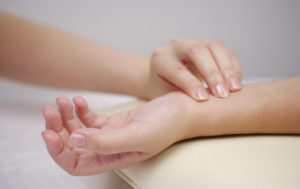
Tongue Diagnosis:
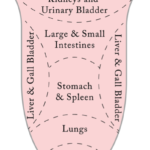
The tongue has many relationships and connections in the body, both to the meridians and the internal organs. It is therefore very useful and important during inspection for confirming TCM diagnosis. It can present strong visual indicators of a person’s overall harmony or disharmony. For example, a swollen tongue with tooth marks on the tongue edge indicates the dysfunction of the water metabolism (extra waste water built-up in the body). A purplish tongue usually indicates blood stasis (often seen in the heart-attack patient even long before it happens).
Face Diagnosis:
Face diagnosis is one of the oldest tools in Chinese Medicine. The face contains a wealth of valuable information and is regarded as a map of the internal health conditions. A well-trained practitioner can recognize the various features and areas of the face that correspond to the organs as well as the numerous clues relating to their functions.
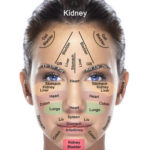
Meridian Diagnosis:

The meridian system (also called channel network) is a concept in Traditional Chinese Medicine (TCM) about the pathways through which the life-energy known as “Qi” flows. Meridian diagnosis is to sense the energy flow with the hands, fingers, and eyes. This technique can be accomplished by holding a patient’s hand or foot and passing the free hand over the path of the meridian. Many pain-suffering patients may have nodules or achy points along the corresponding meridian which indicates the blockage of the energy flow. The internal diseases (such as internal organ dysfunction) usually have sensitive points along the meridian too. This technique is extremely useful for a good application of acupuncture treatment. A good practitioner knows how to choose the combination of local points and remote points to obtain the best result.
Acupuncture
Acupuncture is the insertion of fine needles into specific points along the energy pathway to restore the balance of the body. It is a form of natural healing that enhances both physical and emotional health. It is safe, painless, calming, and an effective way to treat a wide variety of medical problems. While researchers are still trying to explain acupuncture in various theories, the effectiveness of acupuncture is well recognized by the medical professions including National Institute of Health (NIH), Food and Drug Administration (FDA) and World Health Organization (WHO). Many of our patients get treatment even when they are not ill or in pain, just as a preventive measure to stay healthy. All needles used in acupuncture treatments are sterile, stainless-steel,hair thin and discarded after each use. Acupuncture is covered by most major insurance companies.
TCM acupuncture is based on the meridian concept. The meridian system is a vast network of life-energy pathways connecting to each other and to every atom, cell, tendon, bone, muscle, organ, skin—everything in your body! They link the upper portion with the lower and the surface with the interior, so that nothing is truly separate. Furthermore, the mind, emotion, and spirit (conscious and unconscious) are all weaved into the network. Through this net, the entire body and all invisible aspects of the body are formed into an intercommunicating whole.
According to TCM, if Qi flows freely through your meridians and your organs work in harmony, your body can remain healthy. If the meridians become clogged or even blocked due to some reasons (like contusion, stress, etc.), this affects the function of the corresponding organ and ultimately the whole body-mind-spirit leading to diseases.
Body Acupuncture

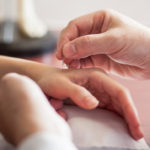
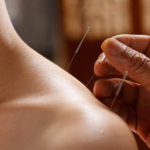
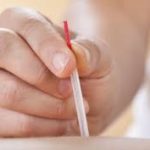
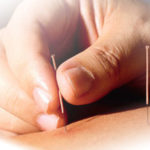
In the meridian system, there are 12 primary and eight extraordinary channels. Along the channels there are about 400 acupuncture points (not counting bilateral points twice) covering the whole body. Among them there are a few groups of important acupoints on the four limbs which are incredibly sensitive for both physical and mental problems. Some acupoints on the chest, abdomen, and back are often used for internal diseases. Once the flow of energy in the meridians is stimulated and unblocked, balance and health will be restored.
Scalp Acupuncture
Scalp acupuncture is a contemporary acupuncture technique integrating traditional Chinese needling methods with Western medical knowledge of representative areas of the cerebral cortex. It has been proven to be a highly effective technique for treating acute and chronic central nervous system disorders. The most outstanding results are with stroke, aphasia, paralysis, automobile accident, loss of balance, loss of hearing, dizziness and vertigo, Parkinson’s disease, and pain management in very difficult neurological disorders. Scalp acupuncture often produces remarkable results with just a few needles and usually brings about immediate improvement.
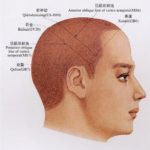
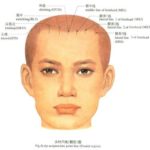

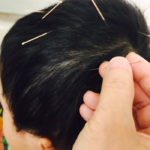
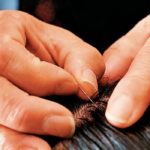
Ear Acupuncture (Auriculotherapy):
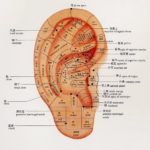
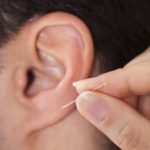
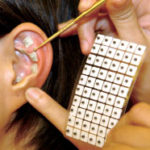
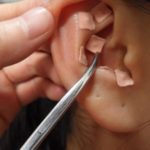
Ear Acupuncture (Auriculotherapy) is a therapeutic microsystem (a reflex system) where the entire body is represented on the surface of the ear. Fine acupuncture needles are inserted into points of the ear to provide rapid and powerful treatment for many health disorders. Small seeds are often taped to the ear for several days to give ongoing therapeutic stimulation. The World Health Organization (WHO), announced, in 1990, that Auricular therapy is “probably the most developed and best documented, scientifically, of all the ‘micro-systems’ of acupuncture and is the most practical and widely used.” The WHO also recognizes Auricular therapy as a treatment option for over 100 conditions such as muscular and joint pain, strain and inflammation such as shoulder, neck and lower back pain, sciatica, ankle sprain. It is also widely used for conditions such as anxiety, panic attacks, insomnia, headaches, migraine, hypertension (high blood pressure), and smoking withdrawal.
Electrical Acupuncture
Electro-acupuncture is similar to traditional acupuncture but an “enhanced version”. After being inserted on specific points along the body, the needles are then attached to small clips that are connected to a device that generates continuous electric pulses. Electrical stimulation is most commonly associated with pain management as it promotes the release of endogenous neurotransmitters such as beta-endorphin, a natural analgesic. Electro-acupuncture treatment can often obtain stronger and long-lasting stimulation and therefore is widely used to treat various conditions.
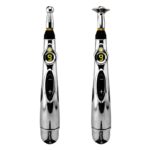

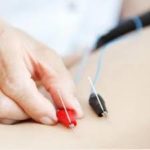
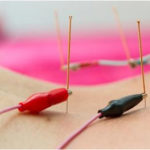
Cupping


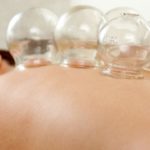
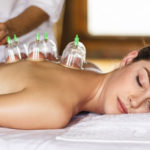
Cupping refers to an ancient Chinese practice in which a cup is applied to the skin and the pressure in the cup is reduced (by using change in heat or by suctioning out air), so that the skin and superficial muscle layer is drawn into and held in the cup like a vacuum. This vacuum helps dispel stagnant blood and lymph, thereby improve qi and blood flow to promote healing and eliminate toxins from the body.
Cupping therapy is recommended for pain management such as back pain, neck pain, and shoulder pain. It is also commonly used for gastrointestinal disorders and lung issues such as cough and asthmatic breathing. It can be used for other disorders as well. It can dispel toxins from the body and therefore is very useful in weight controlling and cosmetics.
Sterile cups are kept on the skin for 5-20 minutes and are painless and safe. Therapeutic effect can be immediate in some cases. Skin is never damaged during treatment. There may be red or purple marks left on the skin depending on the patient’s condition and the cupping time. The marks will disappear in a few hours or a couple of days. For patients who are afraid of needles, cupping could be a good option.
Tuina Massage / Electrical Massage:
Tuina Massage is an ancient Chinese medicine practice. It provides excellent results in relaxation, rejuvenation, rehabilitation, and promotion of general well being. Tuina Massage can significantly enhance the effect of acupuncture and herbal medicine.
The practitioner may brush, knead, roll/press and rub the areas between the muscles and joints to improve the energy movement in both the meridians and the muscles. The practitioner can then use a range of motion, traction, massage, with the stimulation of acupressure points and treat both acute and chronic musculoskeletal conditions, as well as chronic stress-related disorders of the digestive, respiratory, and reproductive systems.
Electro Massage is a modern modification that uses an electrical machine that delivers electrical impulses to a patient’s body. This stimulation is done to promote and facilitate muscle healing and tissue regeneration. Not only is electrotherapy a popular modality in physical therapy, but can also be used by other rehabilitation practitioners because it has several numerous therapeutic benefits.
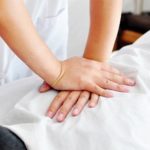
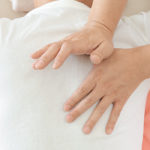
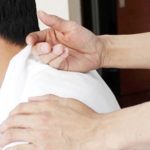

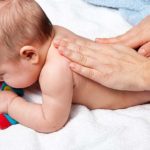
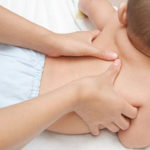
Guasha (Skin Scraping):
Guasha is the practice of using a tool to apply pressure and scrape the skin to relieve pain and tension. This action causes light bruising, which often appears as purple or red spots known as petechiae or sha. The patient typically won’t feel any pain during the treatment. The petechiae will disappear in a few days.
In Chinese medicine theories, the energy movement can sometimes become blocked, causing pain or tension in the muscles and joints. Guasha aims to move this blocked energy to relieve aches or stiffness.
In other cases it is blood stasis or stagnation causing pain and illness. Guasha can squeeze the pooled or stagnated blood from the capillary vessel outward to under the skin (which is the bruise). Then the bruise is recognized as pathological products and removed by the metabolism and immune system. It is a safe and effective way to clean the blood and improve blood circulation in the joints as well as organs.
Guasha is most often used to relieve muscle and joint pain, so-called musculoskeletal disorders. Some examples include back pain, tendon strain, and carpal tunnel syndrome. Guasha can also break up scar tissue or fibrosis, benefit the immune system and used for cosmetics. Sometimes, gua sha is used to treat a cold, fever, or problems with the lungs.
A 2014 study (https://www.tci-thaijo.org/index.php/ams/article/view/66337) found that Guasha improved the range of movement and reduced pain in people who used computers frequently compared with a control group that had no treatment.
In a 2017 study (https://www.sciencedirect.com/science/article/pii/S0254627217300262), weightlifters who had Guasha felt that lifting weights took less effort after treatment. This could suggest that the treatment speeds up muscle recovery.
Older adults with back pain were treated with either Guasha or a hot pack. Both treatments relieved symptoms equally well, but the effects of Guasha lasted longer. After a week, those who had received Guasha treatment reported greater flexibility and less back pain than the other group.
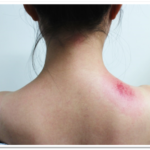
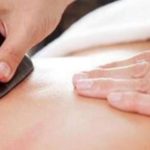
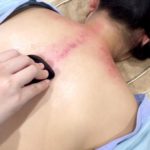
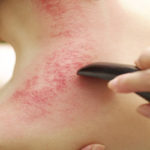
Moxibustion
Moxibustion is a therapeutic method that treats and prevents disease by applying the stimulation of warmth and heat to the acupoints or meridian. Mugwort (or Artemis Vulgaris) is refined and then burned over the acupuncture needle, over the surface of the skin or directly onto the skin without burning the patient. This herb improves blood and energy circulation, warms the body and has a proven benefit of boosting the immune system and rebalancing the energy distribution of the body.
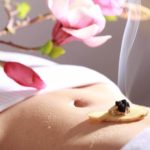
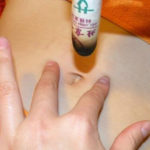
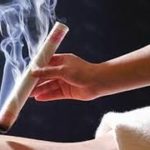
Chinese Herbal Medicine
Chinese herbal medicine is the majority part of traditional Chinese medicine (TCM) which covers a wide spectrum of diseases. It is still the major TCM practice and serves billions of patients in China each year. Its theory is based on a different philosophy that emphasizes harmony and balance. Instead of trying to find out the invading pathogens (such as virus, bacteria, mold, etc.) and kill them all the time, TCM pays more attention to the response of the human body (immune system) to the pathogens. TCM always helps the body’s tendency against the disease and boosts up the immune system instead of suppressing the symptoms. Once the internal environment of the body has improved, the pathogen can not survive or reproduce. People who have different constitutions may have different responses to the same pathogen. Therefore the treatment could be totally different even for the same virus invasion.
There are numerous cases showing the high efficiency and low side-effect of Chinese herbal medicine. For example, stomach flu could be a very “sticky” disease that may bother the patient for a long period. From the viewpoint of TCM, it is often the dampness accumulated in the digestion system causing all the symptoms(forehead ache, vomit, loose stool or diarrhea, stomach ache, abdominal pain, loss of appetite, low or high fever, fatigue, sleepy, etc). A formula called Huo Xiang Zheng Qi Wan, aiming at removing the dampness, can typically eliminate all the above symptoms in a few hours. My fastest record is 5 minutes. A 7 years old boy with most of the above symptoms recovered totally within 5 minutes and started to draw a picture and eat a full dinner.
The proper treatment is based on an accurate diagnosis. An experienced qualified TCM doctor will assess the symptoms and find the unique pattern existing in each individual case. A herbal formula is carefully constructed and individualized to ensure the maximum therapeutic result. As the condition is improving, the herbal formulation may need to be adjusted accordingly until the patient is fully cured.
Chinese herbal formulas in general consist of natural plant parts such as roots, stems, branches, bark, leaves, flowers, fruit or seeds, as well as natural minerals and occasionally animal products. We use only the highest quality Chinese herbal medicine. Most of the herbs we use are GMP certified with licenses issued by Health Canada.
In North America more and more patients choose Chinese herbal medicine based on their experiences such as reduced stress levels, natural pain management, improved sleep, stronger immunity and decreased need for medications.
